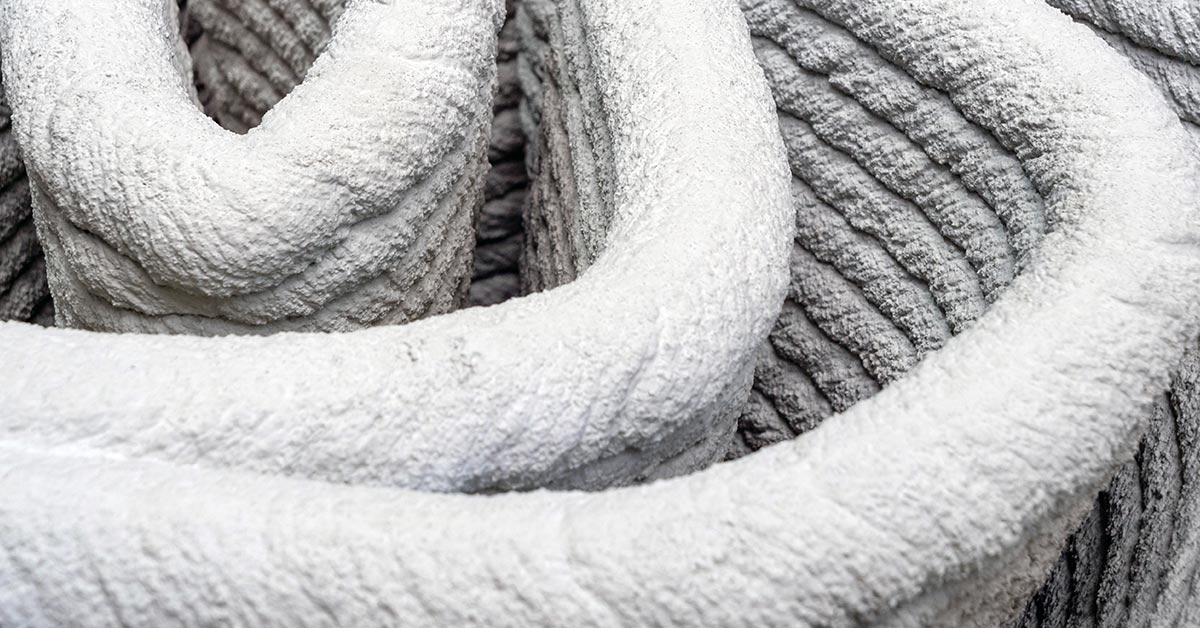With the invention of 3D printing, a whole new realm of possibilities opened up. Suddenly, this technology could create food, medical prosthetics, clothes, and almost any art project conceivable, including printing homes for people to live in. The Italian company, World’s Advanced Saving Project (WASP), teamed with Mario Cucinella Architects to take this concept one step further. They design TECLA supporting structures, 3D printed round houses made from natural materials.
Creating Round Houses Out of Tech and Clay
Multiple 3D printers run at once to make the pieces for each TECLA. The materials that form these round houses are reusable, recyclable, and sourced from local soil. And they are durable to adapt to any climate, a truly futuristic feat. The research for this project explored the reason and effects of homelessness based on individual cases in different climates and tailored the design to suit it.
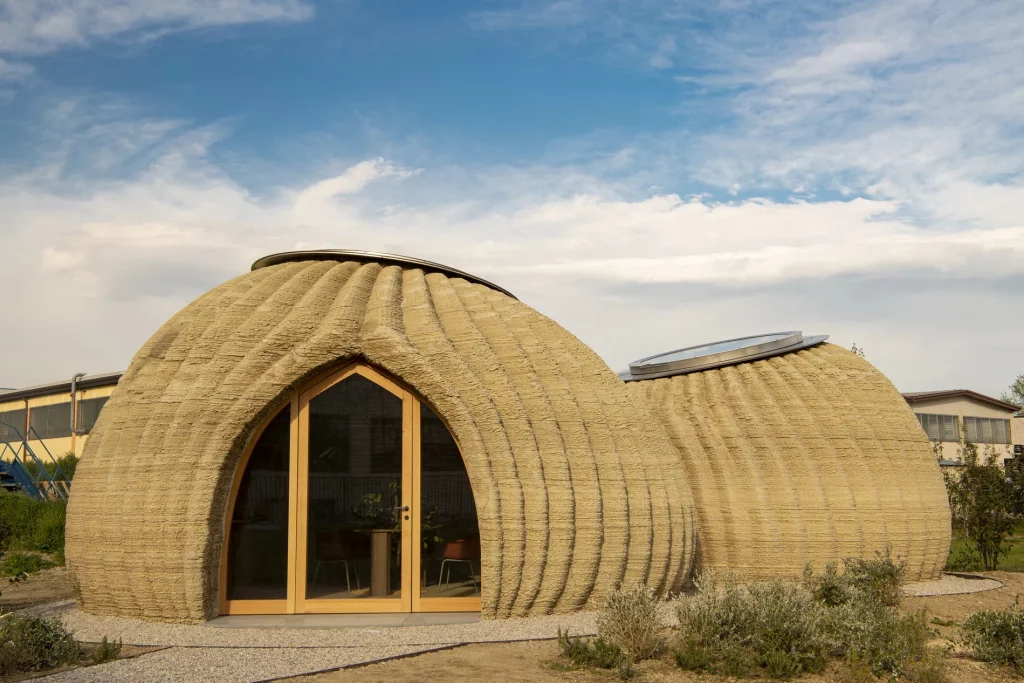
In fact, TECLA got its name after its makers, “technology” and “clay.” Its design beautifully combined digital processes with raw earth. It was first created in Italy with the Crane WASP, a brand-new construction 3D printer. Using raw earth as the prime material posed an extra challenge to the project. The most visually interesting aspect of this project is the double dome shape, including the structure, roof, and cladding to the walls. This helps simplify the building process, reduce construction time, and minimize resources. [1]
“Together with WASP, we aim at developing a habitat that responds to the increasingly urgent climate revolution and the needs of changes dictated by community needs,” said Mario Cucinella, the founder of Mario Cucinella Architects and the School of Sustainability.
Massimo Moretti, WASP’s founder, also explains the inspiration behind WASP. “WASP takes inspiration from the potter wasp. We build 3D-printed houses using earth found on the spot, under a sustainable perspective. The oldest material and a state-of-the-art technology merge to give new hope to the world.” [2]
Creating TECLA
Speaking of which, the starter kit to make these round houses includes multiple 3D printers and a system to mix the materials. One TECLA could be printed in 200 hours through 7000 machine codes and 60 cubic meters of natural materials. As the developers explain, “each printing unit has a printing area of 50 square meters, making it possible to build independent living modules of any shape and in a few days”.
“From the shapeless earth to the earth as house-shaped. Today we have the knowledge to build with no impact in a simple click,” said Moretti. “Technology is now at the human service, and the home as a birthright is real.”
According to Cucinella, “The completion of the structure is an important milestone and shows that thanks to the design and technologies used, TECLA is no longer just a theoretical idea but can be a real and achievable response to the needs of living today and the future, that can be declined in different contexts and latitudes.” [3]
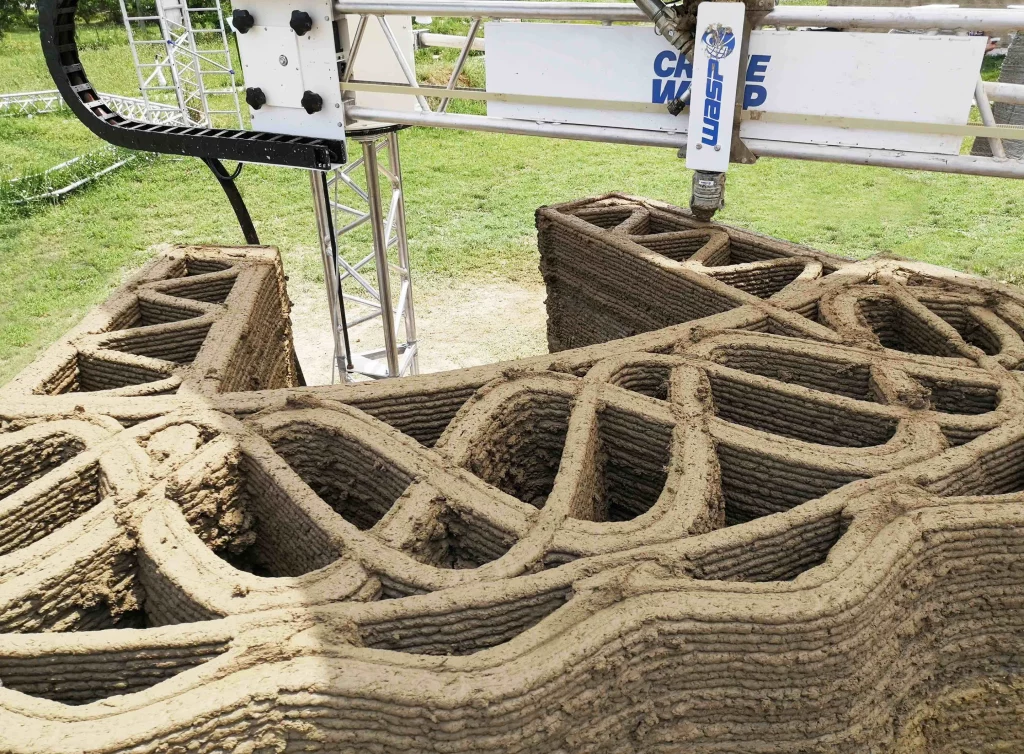
Affordable and Sustainable Living
This prototype has the potential to inspire future creations of efficient and sustainable habitats. In another interview, Cucinella said that this project is “a paradigm shift in the field of architecture, meeting the needs of people and finding an answer for the ‘Earth’ within the ‘earth.‘ A collaboration that becomes the union between empathic architecture and the application of new technologies.”
Furthermore, they hope that the TECLA could help the growing issue of increased populations and a lack of affordable housing while staying environmentally friendly. Perhaps it could become the basis for new eco-friendly round homes that are off the grid. What makes this design even more special is that it’s also biodegradable, meaning if some of the rounded houses go out of use, they could return to the environment. [4]
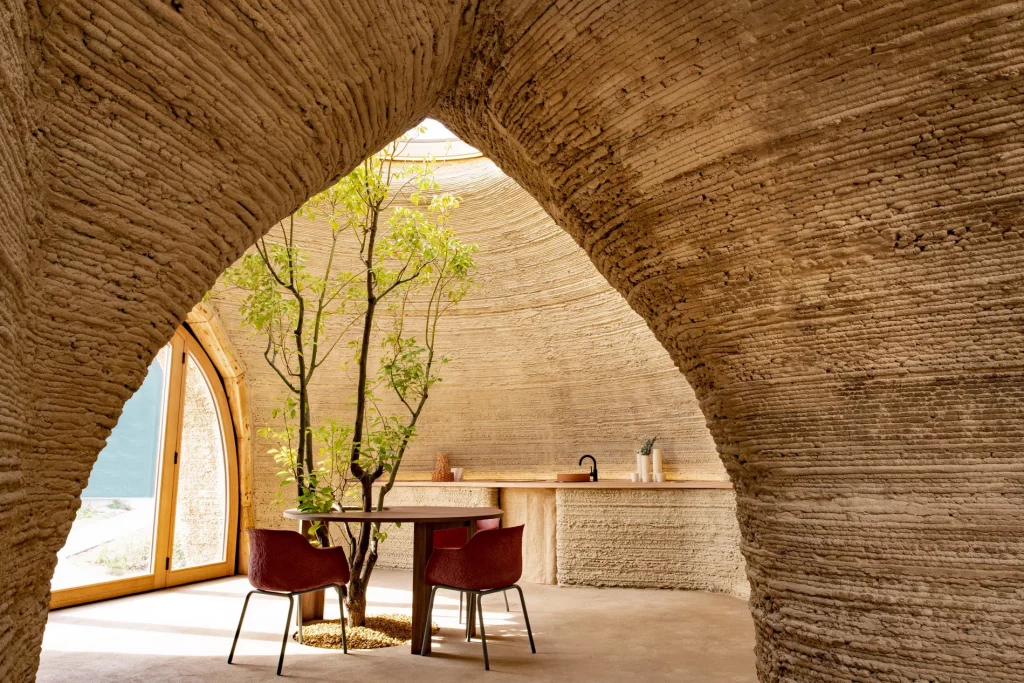
The final presentation of round houses is due in the spring of 2021. Until then, 3D technology is only improving, and people are continuing to find more creative ways to use it, especially when it comes to helping the environment.
According to Alastair Mant, head of the business transformation at the U.K. Green Building Council, “It has the ability to significantly reduce the amount of waste and carbon emissions in the construction process. This is through more efficient use of material via the additive manufacturing process and less emissions from transport and construction equipment as only those materials required should be brought to the site.” [5]
This is the kind of progress that could help the environment, as opposed to the many projects harming it. There is much optimism on the horizon when it comes to affordable and sustainable living.
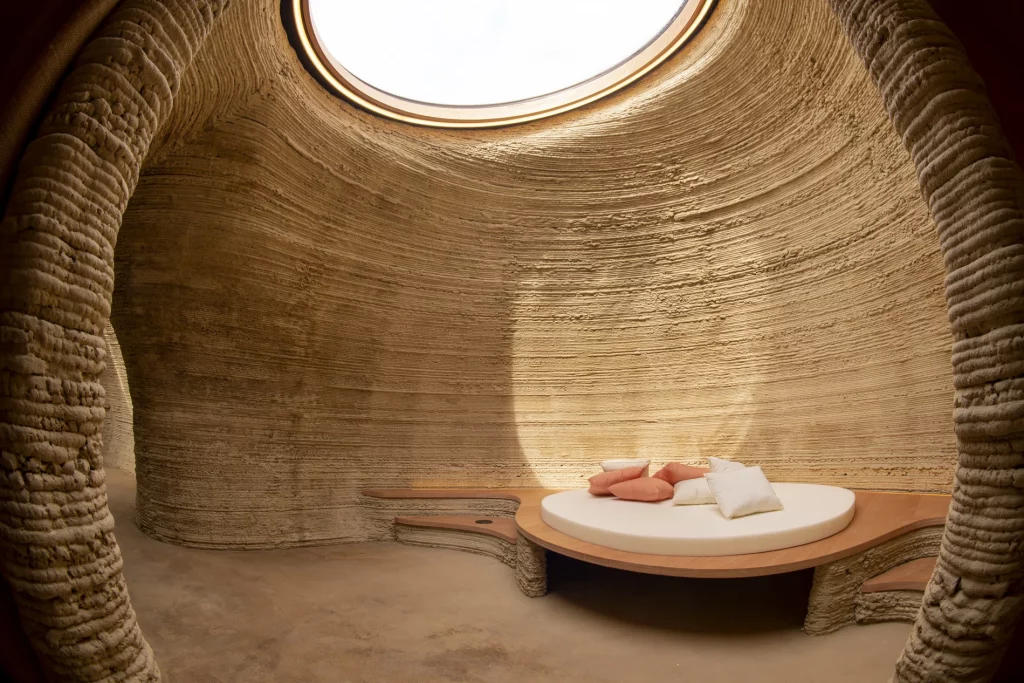
Keep Reading: These Amazing Homes Build Themselves In 10 Minutes
Sources
- “Round Houses of Raw Earth: 3D Printing Sustainable Homes in 200 Hours.” Arch Daily. José Tomás Franco. February 18, 2021.
- “This Startup Is 3D-Printing Affordable Homes Made Entirely of Clay.” Dwell. Duncan Nielsen. October 24, 2019
- “WASP completes its TECLA 3D printed house.” 3D Printing Media Network. Adam Strömbergsson. January 22, 2021
- “TECLA, a 3D-printed habitat for sustainable living, is under construction in Italy.” Design Boom. Philip Stevens. October 23, 2019
- “How 3D printing could change the way our homes are built.” CNBC. Anmar Frangoul. August 28, 2020
